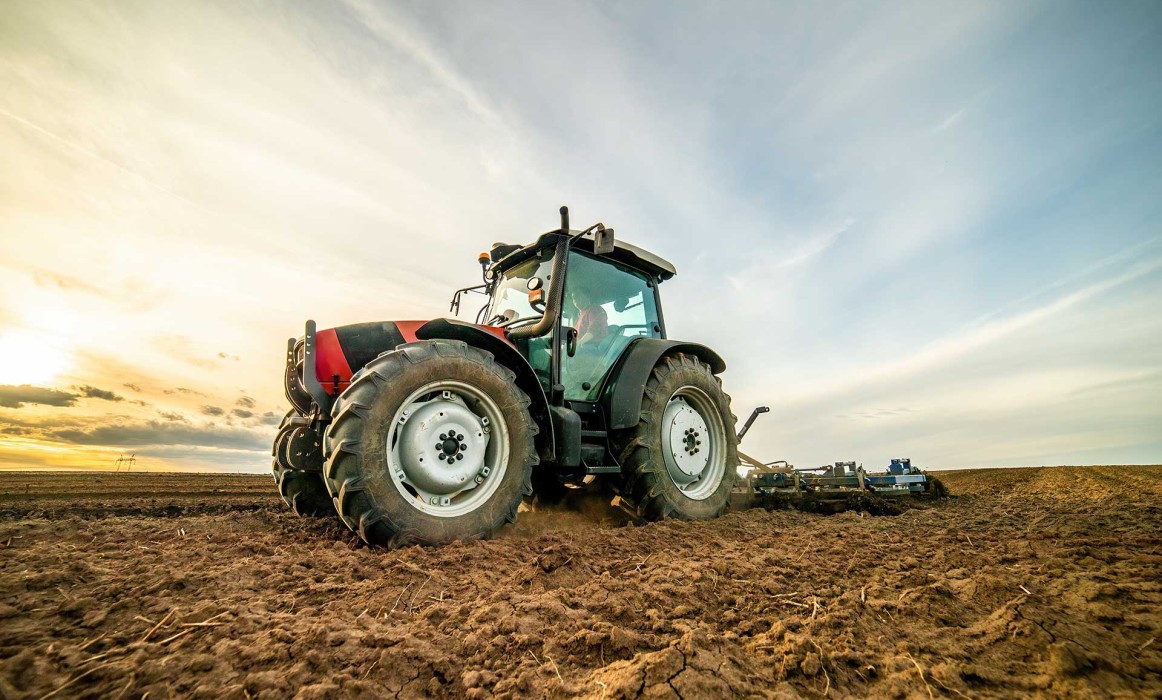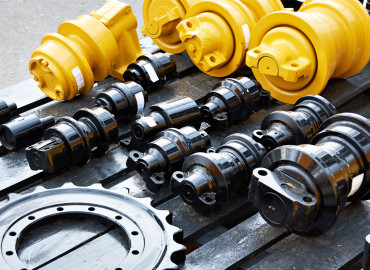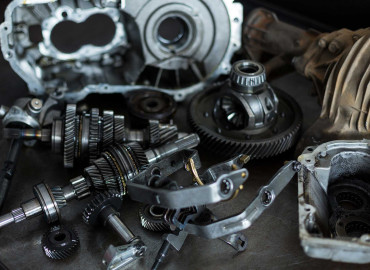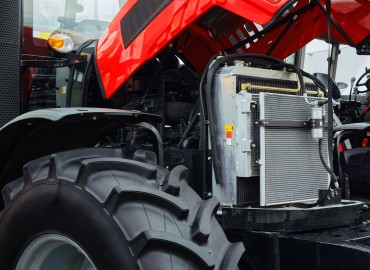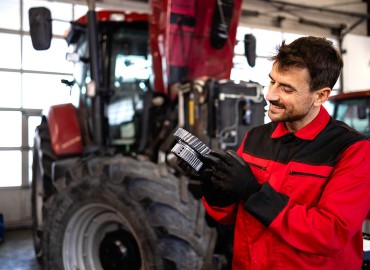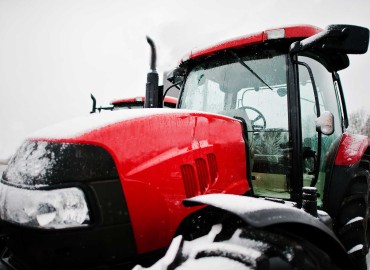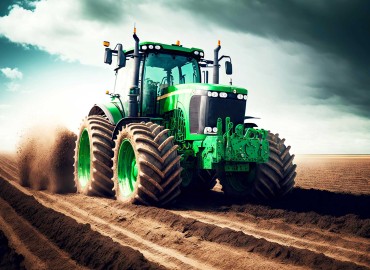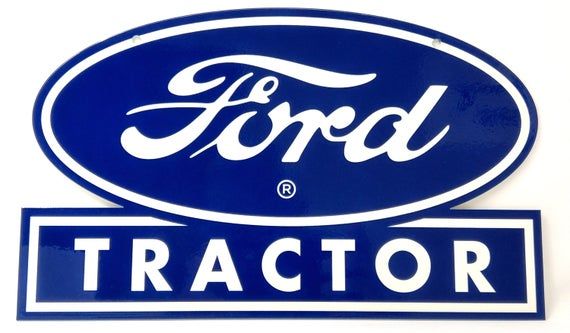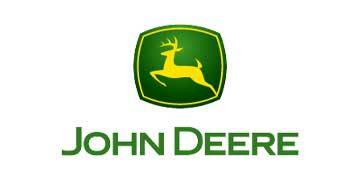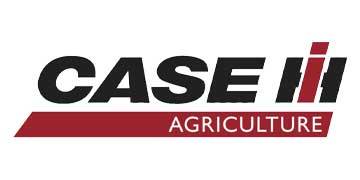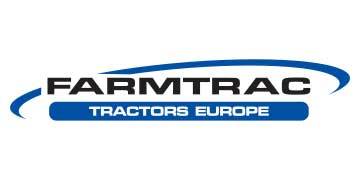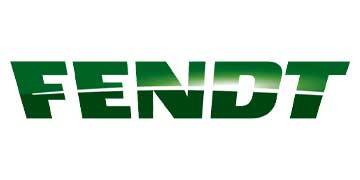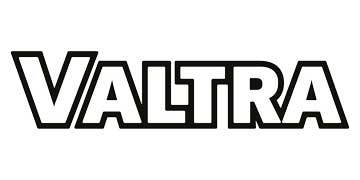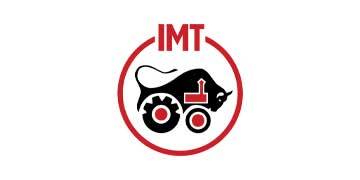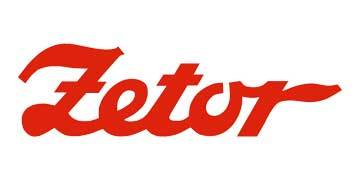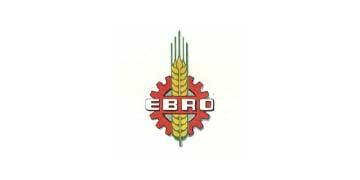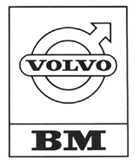One of the most critical components that set your tractor in motion is the fuel system. The fuel system is a complex mechanism that directly affects the engine's power and performance. If you want to consistently achieve high efficiency in farming and agricultural activities, it is essential to understand how the parts of your tractor's fuel system work. Preventing possible malfunctions and optimizing fuel consumption depends on the maintenance and proper functioning of these parts.
Tractor Fuel System Parts
Fuel Tank
The fuel tank is where the tractor’s fuel is stored. Typically made of metal or plastic, this tank holds enough fuel to allow the tractor to operate for extended periods without interruption. It is equipped with special filters to keep the fuel clean and pure. The cap on the tank prevents fuel contamination and leakage.
Functions: It ensures the safe storage of fuel and facilitates the regular flow of fuel to the rest of the system. The tank also holds a sufficient fuel reserve to support the tractor's long-term operation.
Fuel Pump
The fuel pump is responsible for drawing fuel from the tank and delivering it to the necessary parts of the engine for operation. It is considered the heart of the fuel system. The fuel pump is typically electric or mechanical and delivers fuel under pressure to the engine's injectors.
Functions: It transports fuel at a specific pressure and quantity to the engine's injectors, ensuring the engine receives the correct amount of fuel for smooth operation.
Fuel Filter
During tractor operation, the fuel can become contaminated over time with dirt and residues. The fuel filter prevents these impurities from reaching the engine and damaging it. Clean fuel is particularly crucial for agricultural machinery, as even a small impurity can negatively affect engine performance.
Functions: It helps protect the engine by filtering dust, dirt, and other harmful particles from the fuel. The fuel filter extends engine life while improving fuel efficiency.
Carburetor
In some tractors, the fuel system may use a carburetor instead of fuel injection. The carburetor mixes fuel with air and delivers it to the engine's combustion chamber. A balanced fuel-air mixture ensures the engine runs smoothly. However, modern tractors have largely replaced carburetors with more advanced fuel injection systems.
Functions: It regulates the fuel-air mixture and delivers it to the combustion chamber. The carburetor adjusts the ratio based on the engine's needs and contributes to its smooth operation.
Fuel Injectors
Fuel injectors are components that spray fuel into the engine. This spraying process ensures the precise distribution of fuel into the engine cylinders, allowing for the ideal mixture in the combustion chamber. Injectors are responsible for delivering the right amount of fuel at the right time to the engine’s combustion chambers.
Functions: They atomize the fuel into a fine mist and spray it into the engine cylinders to facilitate efficient combustion. This contributes to better engine performance and more efficient fuel usage.
Fuel Lines
Fuel lines are channels that allow fuel to flow from the tank to the pump, filter, and injectors. These lines ensure the fuel circulates through the system without leaks or blockages. Typically made from durable materials, fuel lines are resistant to tractor vibrations.
Functions: They facilitate smooth fuel flow and ensure the engine consistently receives fuel. Blockages or leaks in the lines can directly affect engine performance.
Pressure Regulator
The pressure regulator controls the pressure in the fuel system. The pressure generated while pumping fuel must be kept at a specific level. If the pressure is too high, the injectors may spray too much fuel. If the pressure is too low, the engine may not receive enough fuel.
Functions: It regulates fuel system pressure and ensures injectors spray the correct amount of fuel. This helps the engine run efficiently and prevents fuel wastage.
With regular maintenance and inspections, you can preserve the fuel system, extend the life of your tractor, and increase work efficiency.
 en
en  tr
tr 
